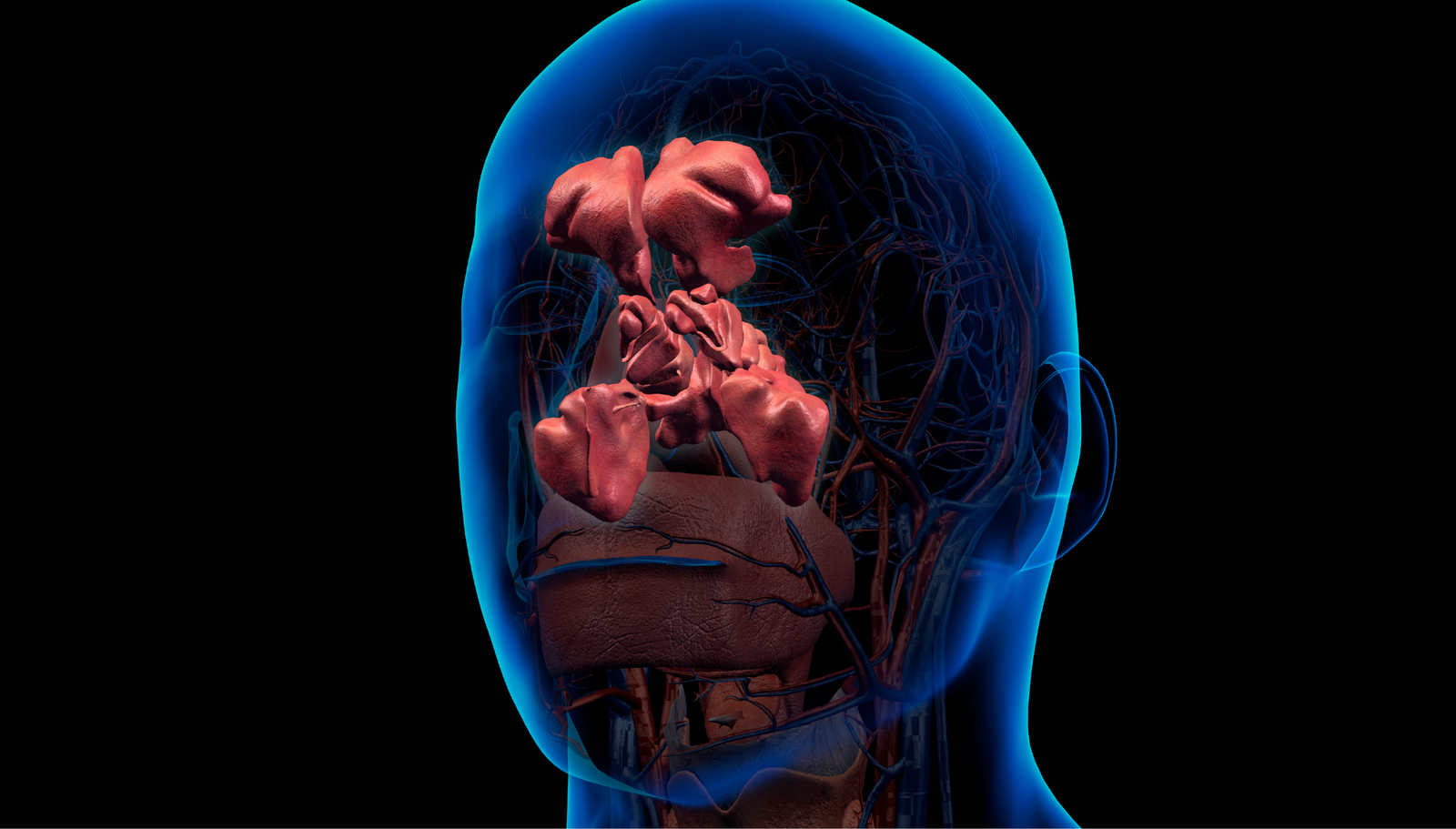Sinusitis
Content of This Page
1- Introduction
2- Causes
3- Symptoms
4- Stages of The Disease
5- Treatment
6- What Should You Avoid
Introduction
Sinusitis is an inflammation or infection of the sinuses, which are air-filled cavities located in the facial bones around the nose. It can cause symptoms such as a blocked or stuffy nose, facial pain or pressure, and a thick nasal discharge. Sinusitis can be acute (short-term) or chronic (long-lasting), often resulting from infections, allergies, or other irritants.

Causes
Infections:
- Viral: Often following a cold or respiratory infection.
- Bacterial: Can develop from a viral infection or independently.
- Fungal: Less common but possible, particularly in individuals with weakened immune systems.
Allergies: Allergic reactions leading to inflammation of the sinus linings.
Nasal Irritants: Exposure to smoke, pollutants, or strong odors.
Deviated Septum: A misaligned nasal septum can obstruct sinus drainage.
Nasal Polyps: Growths in the nasal passages that can block sinuses.
Respiratory Tract Infections: Including colds and flu.
Dental Infections: Particularly infections in the upper teeth that can spread to the sinuses.
Symptoms
- Nasal congestion or blockage
- Thick nasal discharge (yellow or green)
- Facial pain or pressure (especially around the eyes, nose, and forehead)
- Headache
- Reduced sense of smell or taste
- Cough, often worsening at night
- Sore throat
- Bad breath
- Fever (in acute cases)
- Fatigue or general malaise

Stages of The Disease
Acute Sinusitis:
- Duration: Up to 4 weeks.
- Symptoms: Sudden onset with significant nasal congestion, facial pain, and discharge.
Subacute Sinusitis:
- Duration: 4 to 12 weeks.
- Symptoms: Similar to acute sinusitis but lasting longer, with persistent or recurrent symptoms.
Chronic Sinusitis:
- Duration: Longer than 12 weeks.
- Symptoms: Persistent inflammation with ongoing nasal congestion, facial pressure, and discharge, often with less severe but continuous symptoms.
Recurrent Sinusitis:
- Multiple episodes of acute sinusitis occurring throughout the year.
Treatment
Medications:
- Nasal Decongestants: To reduce nasal congestion (short-term use).
- Saline Nasal Irrigation: To flush out mucus and allergens.
- Antibiotics: For bacterial sinusitis, prescribed by a healthcare provider.
- Antihistamines: For sinusitis caused by allergies.
- Corticosteroids: Nasal sprays or oral medications to reduce inflammation.
Home Remedies:
- Steam Inhalation: To relieve sinus congestion.
- Warm Compresses: To ease facial pain and pressure.
- Adequate Hydration: Drinking fluids to thin mucus.
Lifestyle Changes:
- Avoid Irritants: Such as smoke or strong odors.
- Manage Allergies: With allergy treatments and avoiding known triggers.
Surgery:
- Functional Endoscopic Sinus Surgery (FESS): For chronic or severe cases not responding to other treatments.
Treatment of Underlying Conditions:
- Dental Issues: Addressing infections or problems in the upper teeth if they are contributing to sinusitis.
What Should You Avoid
- Smoking
- Exposure to nasal irritants
- Excessive use of nasal decongestant sprays
- Allergens (as applicable)
- Strong odors or fumes
- Inadequate hydration